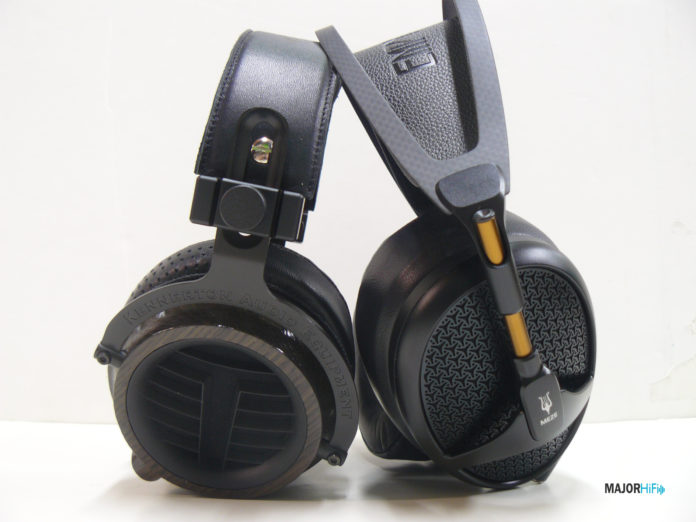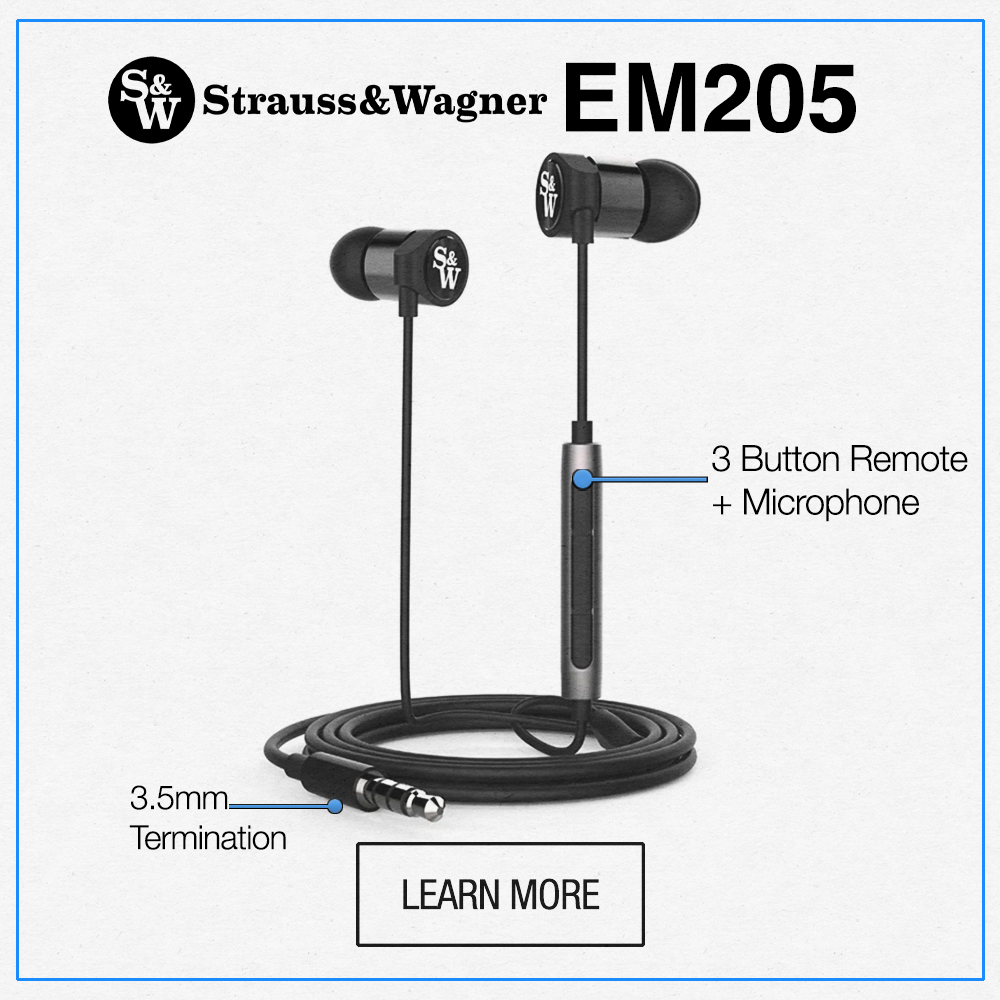Audiophile headphones can be a very complex and niche market. Not only are certain brands demanding a pretty penny from people, but the headphones themselves have very specific timbres that some might not be expecting. Many like to really dive into what a headphone might sound like by looking at frequency response charts and just reading specs, but even then it is only an idea of what the signature might sound like.
This is the process I went through when I initially reviewed the Kennerton Thror. I had set a ton of expectations on what the Thror might sound like based on my impressions of the Gjallarhorn. An open-back planar with a huge driver for the price point almost never disappoints me.
It turns out, the Thror wasn’t anything like I had expected, but instead of being disappointed, I heard the headphone it was trying to be, and it succeeded on almost all fronts. After listening to the Thror for an extensive amount of time, I was reminded of how I felt listening to the Meze Empyrean, another open-back headphone that goes for a similar price.
The Empyrean has gained a lot of notoriety over the years based on curiosity and critical acclaim. Listening to the Empyrean for the first time a while back I went through some of the same notions as the Thror, thus I thought a comparison review was in order. They might look completely different, but contains some of the same natural tendencies, while still having some pretty major differences.
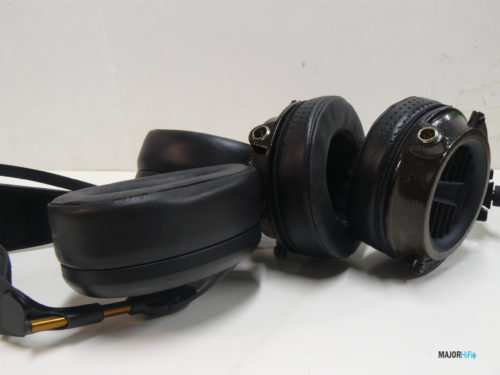
Look and Feel
The Thor and Empyrean could not look any different in appearance. It’s basically a wooden headphone with a steel and aluminum frame, against a similar aluminum skeleton and a carbon fiber headband. What I’m saying here is that both headphones use extremely high-grade parts for their build. They ensure that you’re getting exactly the standard set by the price point. The Thror has a bit more heft to it than the ultra-light Empyrean but wearing both of them for extended periods of time, the weight of the Thror brings a more snug fit.
In comparison, the Empyrean’s weightlessness didn’t have the tightness of security that I prefer, and I feel like they move around a little too much. That isn’t to say both headphones aren’t extremely comfortable, as the Thror and Empyrean both have thick ear pads made from quality material. What might be annoying about the Thror though is its method of adjustment. With the Empyrean, all you need to do is slide the yoke down and it should work without a hitch, but the Thror asks you to loosen and tighten screws in order to adjust the fit. I much prefer the single-piece design of the Empyrean, but at the end of the day, both of their builds are unique and equally striking.
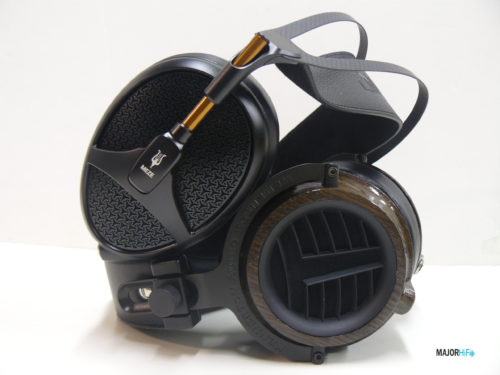
Design
Although these are both open-back planar headphones, their interior design couldn’t more different. Like the exterior build, the interiors of both headphones utilize high-grade materials to form complex driver systems. The Empyrean might be the most unique, being that it uses a hybrid array that places magnets on each side of the diaphragm. The purpose of this is to create an isodynamic field that produces a more accurate signal. Kennerton implements a massive 80mm planar with minimized internal components. It uses a low-mass diaphragm made from multi-layered film and is built more to withstand harsher environments and long-term wear. It may make the Thror more valuable in the long run, but the expert craftsmanship of both models shouldn’t be overlooked.
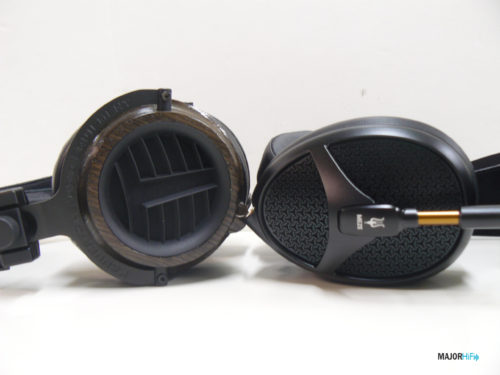
Soundstage
Possibly the biggest make or break for the Thror and Meze Empyrean is its soundstage. While both headphones feature a similar level of naturalness in their timbre, it is the stage and imaging that really sticks out the most. Having the Thror fresh in my head, I appreciated its height and sense of accurate positioning. The level of separation was also on display, presenting a very clear image. The issue was that the soundstage just didn’t have any extra flair to it. The width was daily average for an open-back planar, and I never got the sense that it ever reached an immersive headspace. It does its job extremely well for what it is, but when comparing it to the Empyrean, its flaws become even more blatant.
The Empyrean is extremely wide and communicates a far more expansive soundstage. It reaches that holographic sensation that you would expect easily, with an almost limitless sense of width. With the Empyrean, the sound field becomes more a part of your world, rather than the Thror trying to invite you into theirs. With the type of headphone, it is, the Empyrean’s soundstage makes way more sense to me than the Thror, even if the Thror is still consistently pleasing.
Low End
Both headphones have a natural bass timbre that exudes this buttery smooth consistency. They take up the exact amount of space that feels just perfect and resonate with enough energy to keep you constantly engaged. The Empyrean creates a fairly bigger space for them than the Thror, but I much prefer the level of thickness expressed in Kennerton’s model. The Thror can sound natural while also bringing some considerable lift to the sound signature, giving it a touch more character than the Empyrean. That’s not to say that the Empyrean can’t handle more bass-demanding genres, but compared to the Thror they may come off as delicate.
Mids
The Thror and Empyrean continue their natural similarities well into the midrange. The difference here is in the tonality. While the Thror and Empyrean appear relaxed in their mids, the Thror resonates with a much clearer richness than the Empyrean. The Empyrean is much more relaxed in comparison with a softer timbre. With the Thror, Kenenrton finds a way to make the mids more lively while being slightly more recessed. I think the Empyrean might have a more full tonality in its midrange, with a more textured response. However, I think I prefer the Thror in its presentation of depth, and more articulate layering.
Highs
There couldn’t be more divergence in how the Thror and Empyrean deliver their treble. The Thror has some of the most relaxed highs that I’ve heard at its price point, while the Empyrean conserves most of its energy to be released in this range of frequency. The Empyrean has some of the airiest and most well-rounded trebles on the market, as it produces a sweet and colorful timbre with exceptional control. In comparison, the Thror is a lot more subtle, but still holds an impressive amount of detail. It doesn’t have the lightness of the Empyrean but stays closer to its natural timbre. The Empyrean overemphasizes, while the Thror undersells how incredible its highs can be.
Summary
Between the Thror and Empyrean, I don’t think one headphone is strictly better than the other. Soundstage matters a lot to me, and the Empyrean definitely wins in that department, but the Thror does a better job bringing energy and character to a more natural timbre. I enjoy both headphones for different reasons, but if you like the Empyrean but wish it had a bit more impact, that’s the Thror. However, if you’re a fan of the Empyrean for its soundstage, the Thror isn’t going to win you over.
The Meze Empyrean and Kennerton Thror are available at Audio 46.
Discuss which headphones you prefer on our forums here.
Compare the ranking of various headphones, earbuds and in-ear monitors using our tools.
Discuss this, and much more, over on our forum.
---MAJORHIFI may receive commissions from retail offers.


